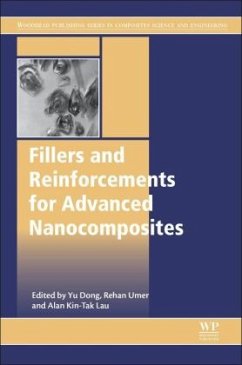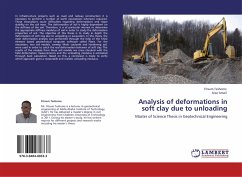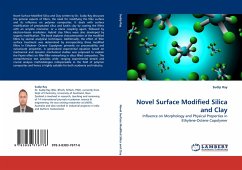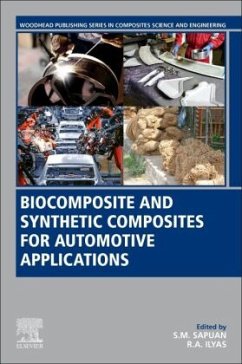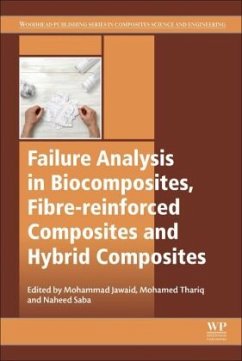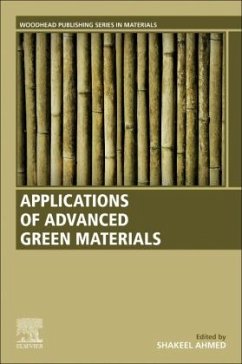
EPOXY NANOCOMPOSITES
Zinc Acrylate Epoxy Nanocomposites
Versandkostenfrei!
Versandfertig in 6-10 Tagen
27,99 €
inkl. MwSt.

PAYBACK Punkte
14 °P sammeln!
Zinc Acrylate Epoxy nanocomposites were prepared using a Zinc Acrylate and a bifunctional deglycidyl ether of bisphenolA, and cured with a curing agent for AL2O3 and Clay nanofillers. The nanocomposites were processed by shear mixing at different nanofiller concentrations. The shear force was controlled by changing the revolutions per minute on a mechanical mixer. The mechanical properties of composites such as tensile strength and deflection at break are also investigated. Tensile strength and Young's modulus also increased with increasing AL2O3 and Clay loading. The fracture toughness of the...
Zinc Acrylate Epoxy nanocomposites were prepared using a Zinc Acrylate and a bifunctional deglycidyl ether of bisphenolA, and cured with a curing agent for AL2O3 and Clay nanofillers. The nanocomposites were processed by shear mixing at different nanofiller concentrations. The shear force was controlled by changing the revolutions per minute on a mechanical mixer. The mechanical properties of composites such as tensile strength and deflection at break are also investigated. Tensile strength and Young's modulus also increased with increasing AL2O3 and Clay loading. The fracture toughness of the nanocomposites significantly increased with increasing nanofillers, suggesting a toughening effect for the nanoparticles. Scanning electron microscopy and wide angle X-ray diffraction were employed to reveal the morphology of Zinc Acrylate epoxy nanocomposites. Scanning electron microscopy observations of the Zinc Acrylate epoxy nanocomposites suggested that shear yielding of the matrix, void and debonding of clay particles and Zinc Acrylate epoxy matrix are among the operative toughening mechanisms observed.



